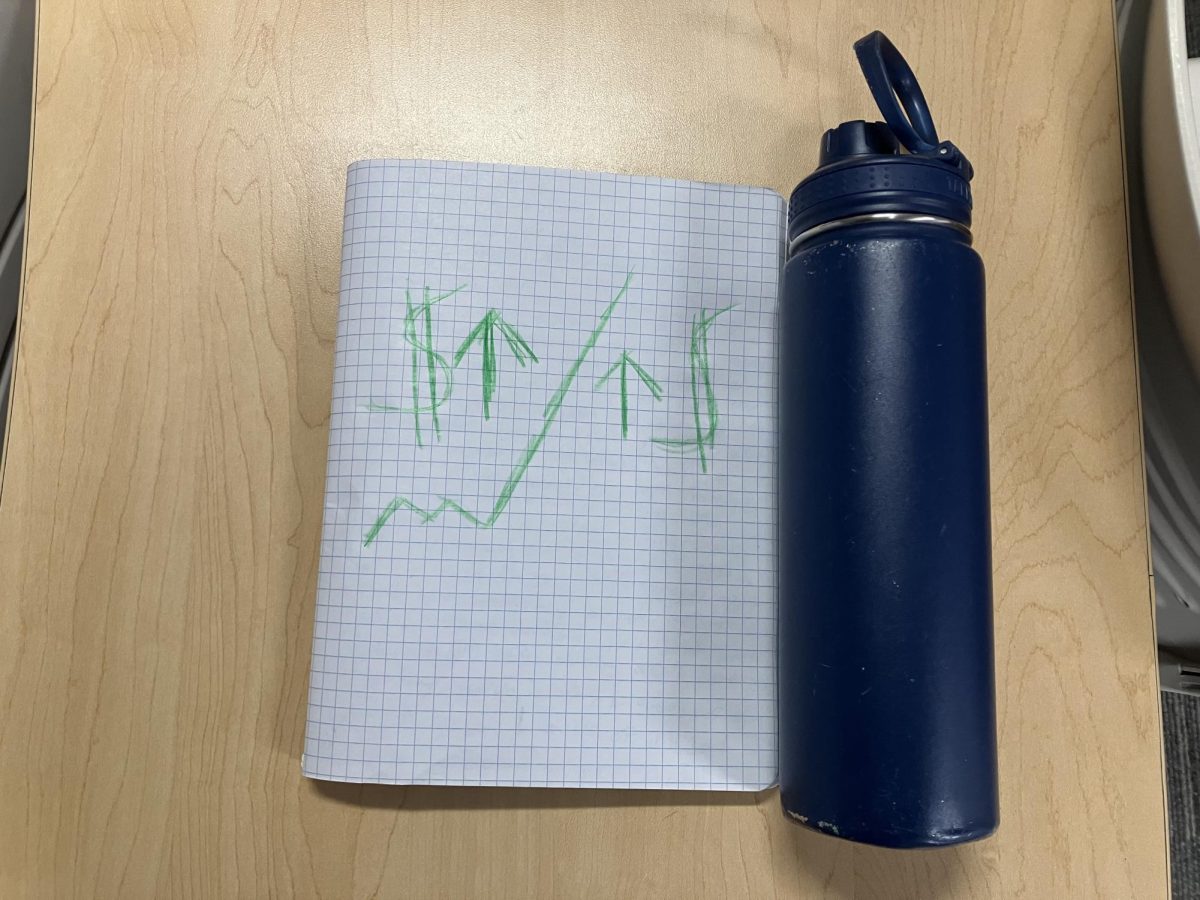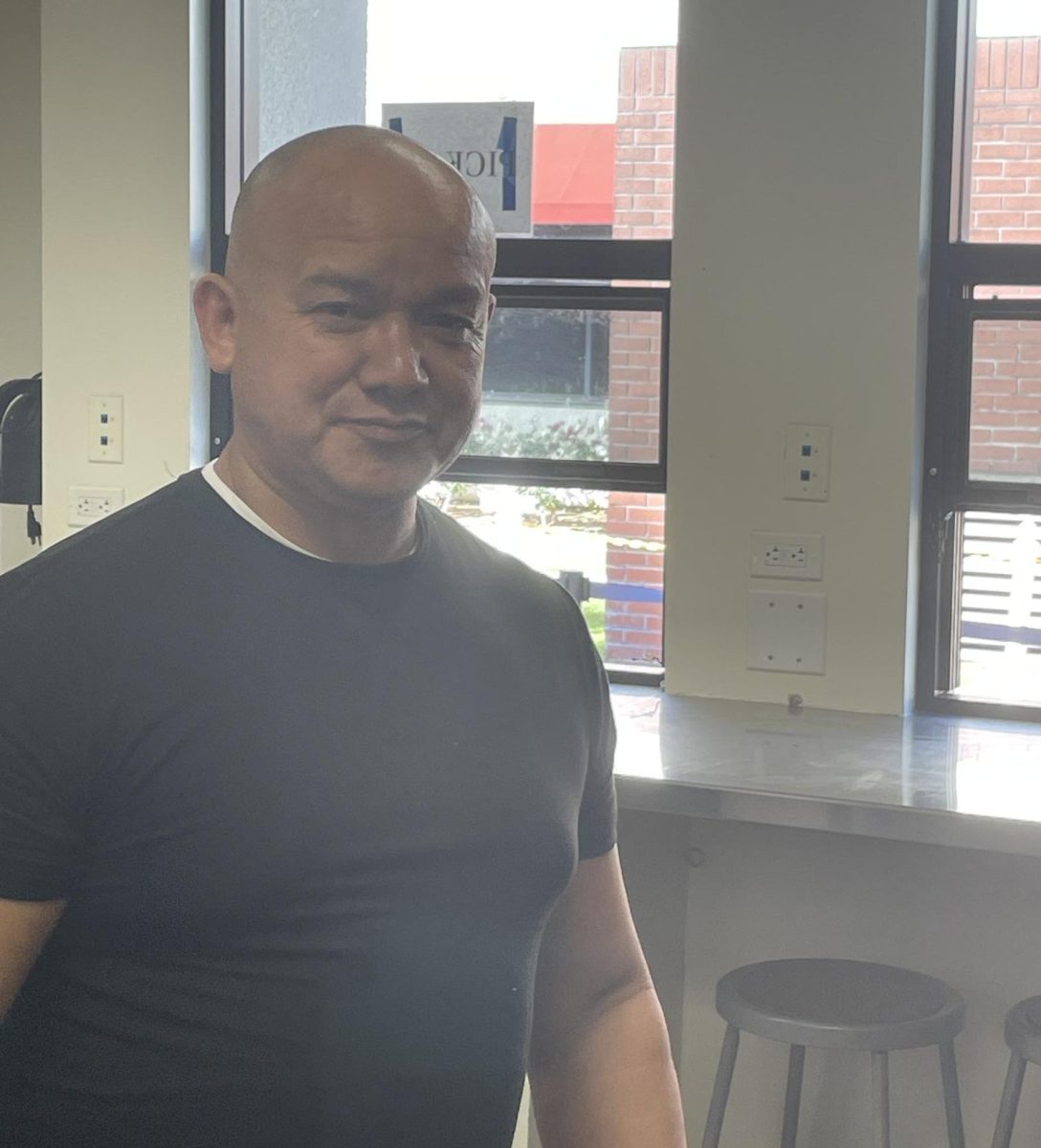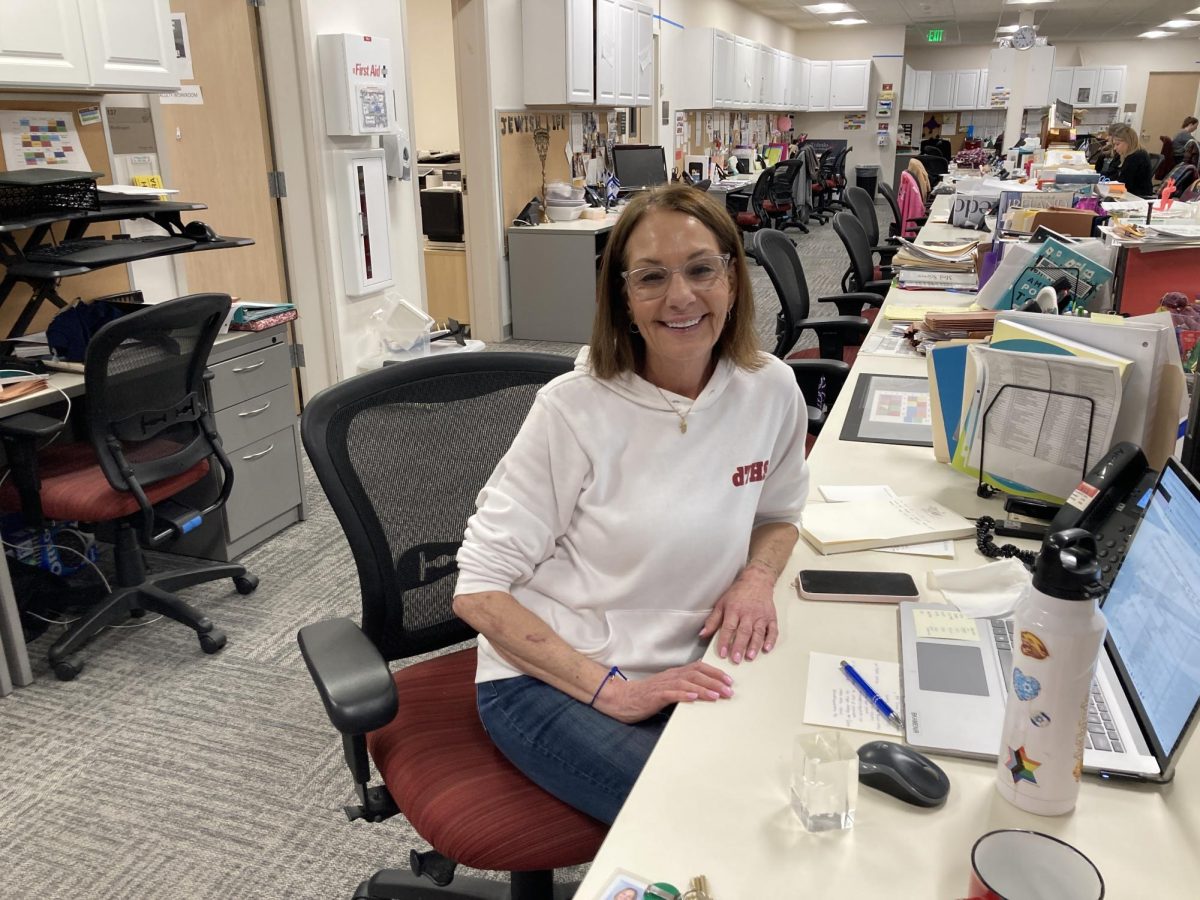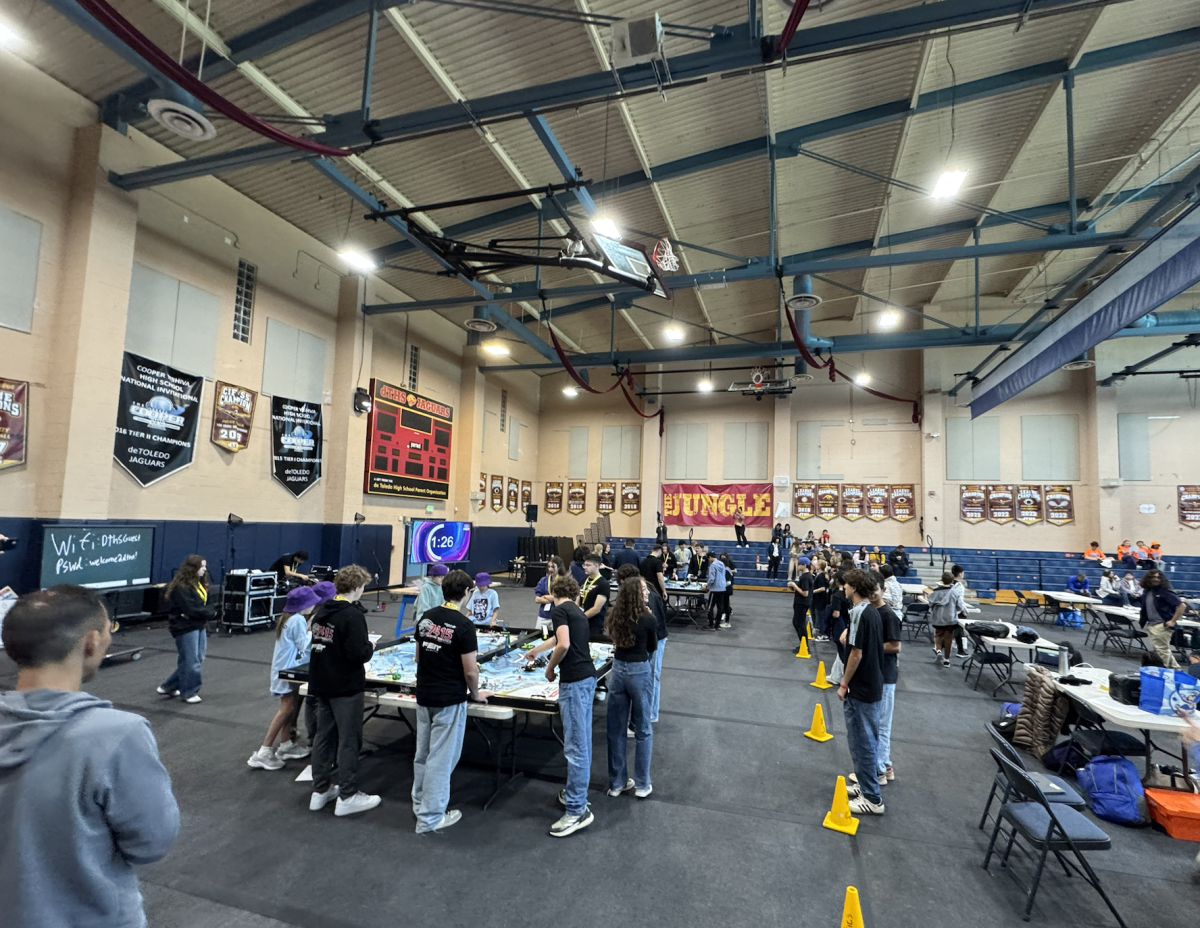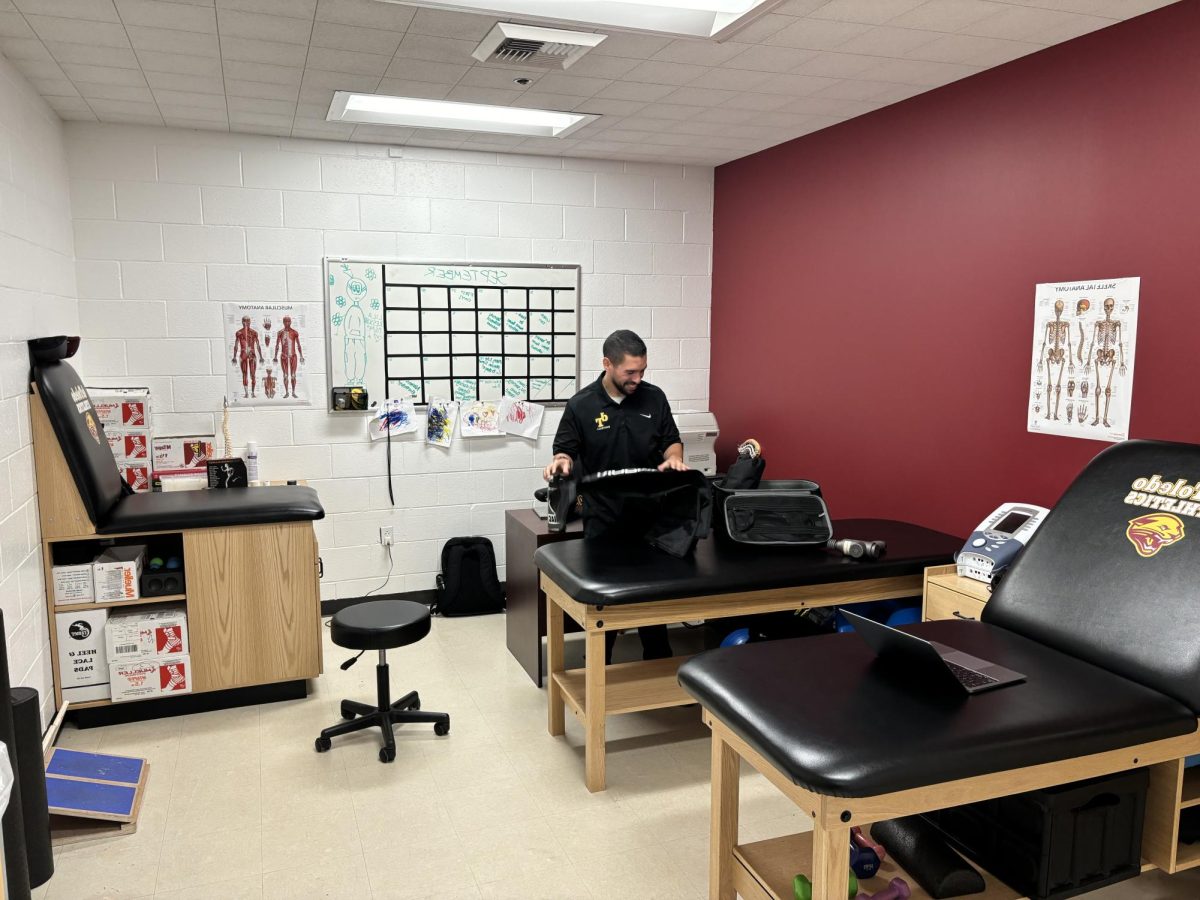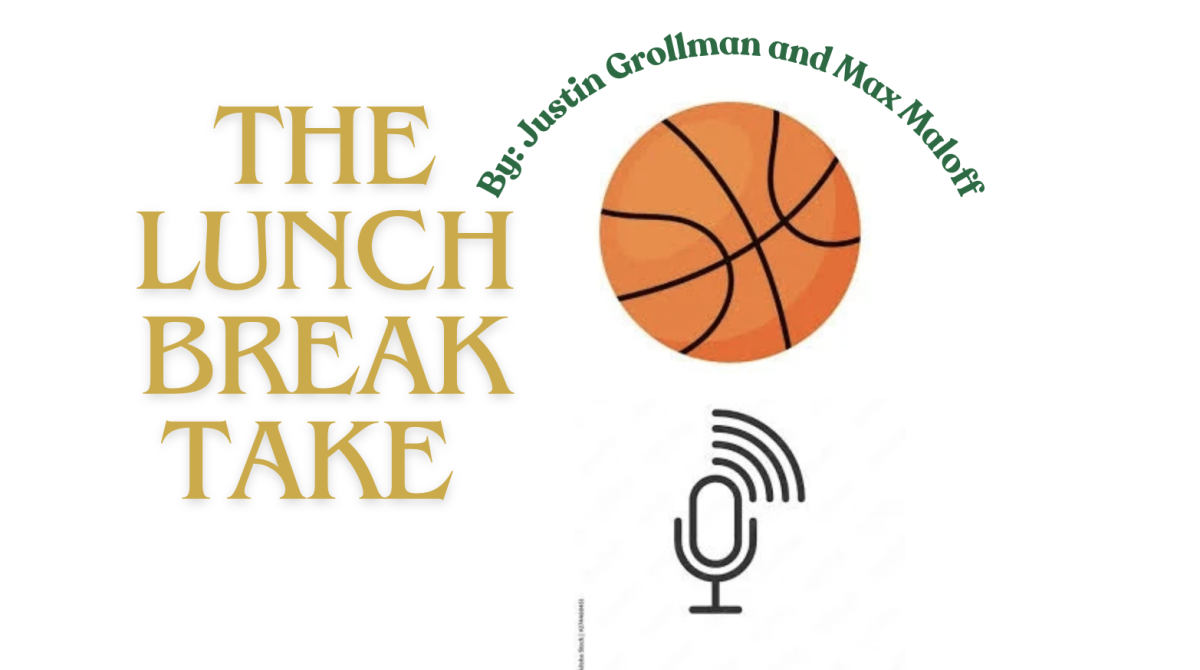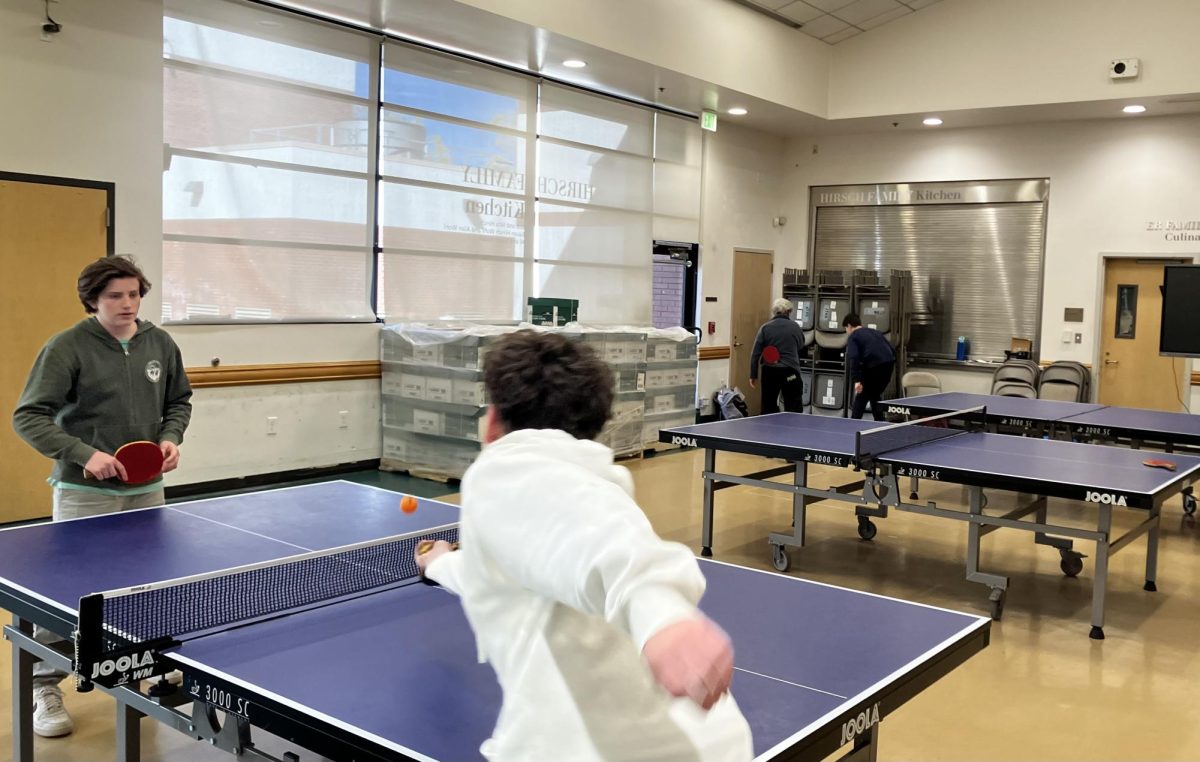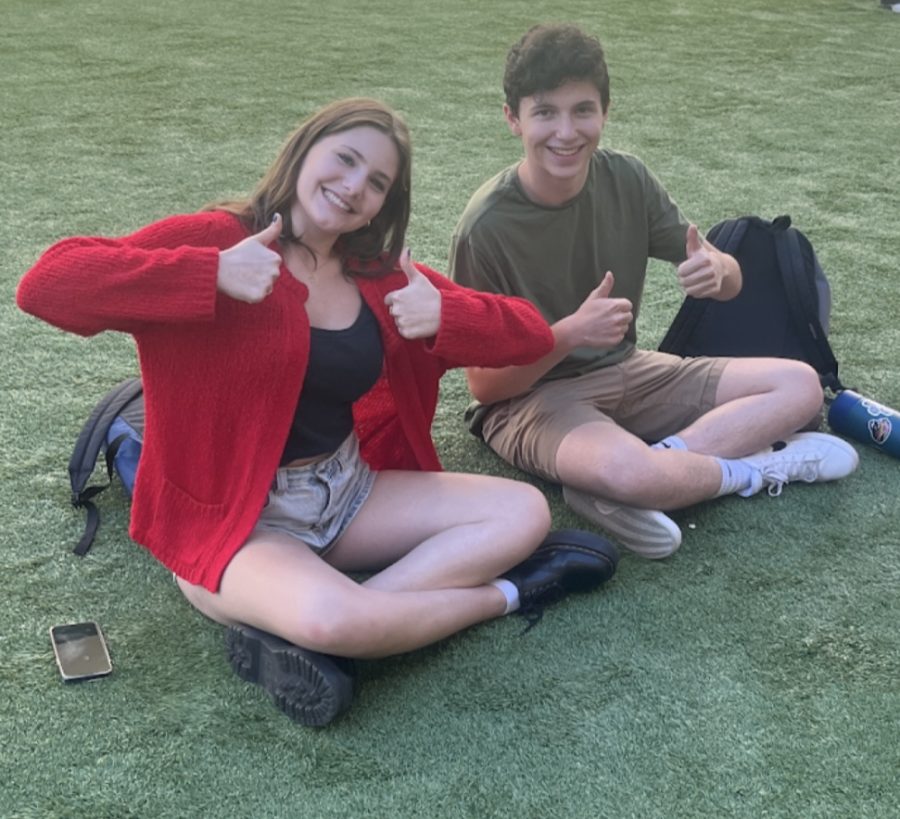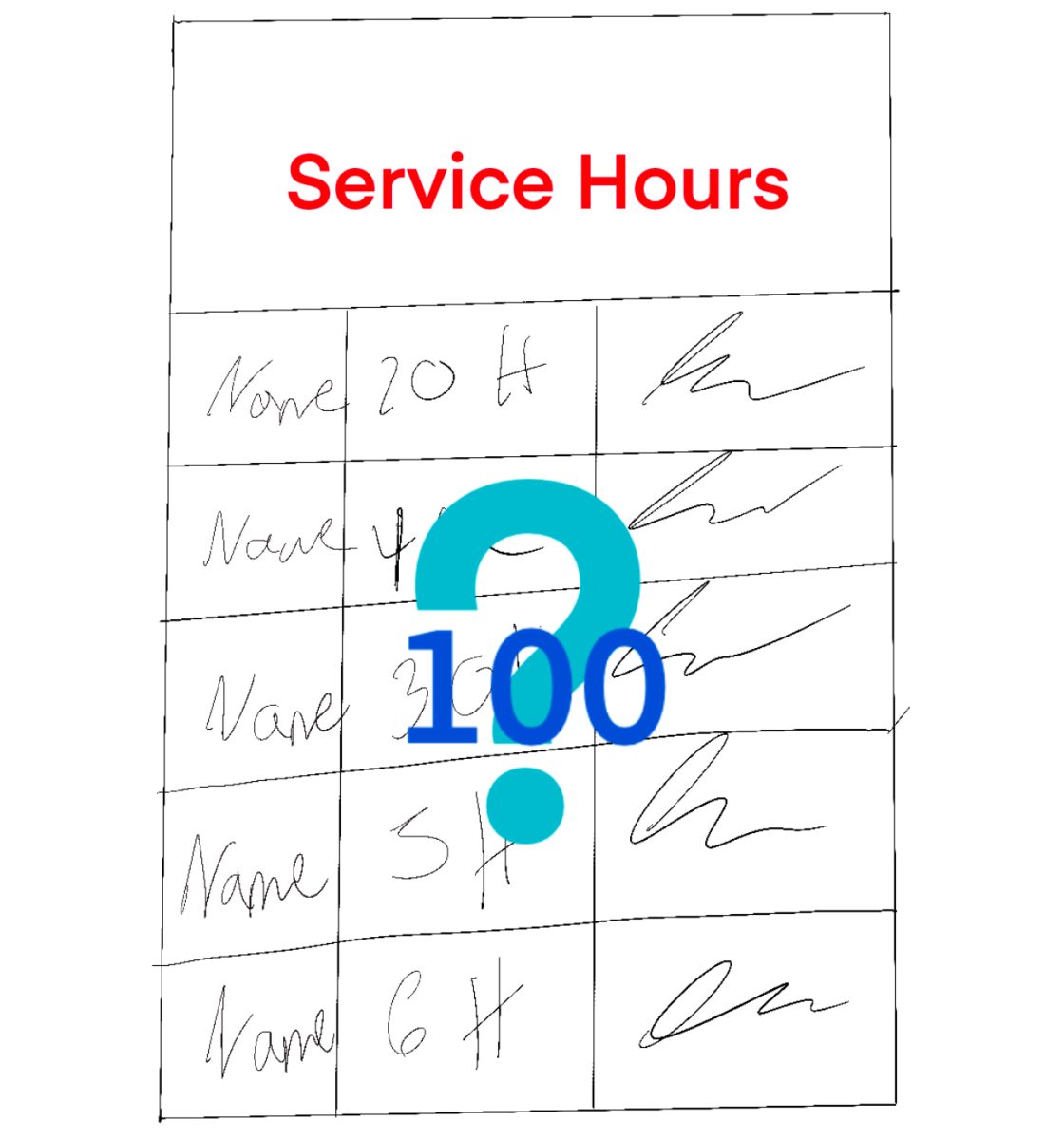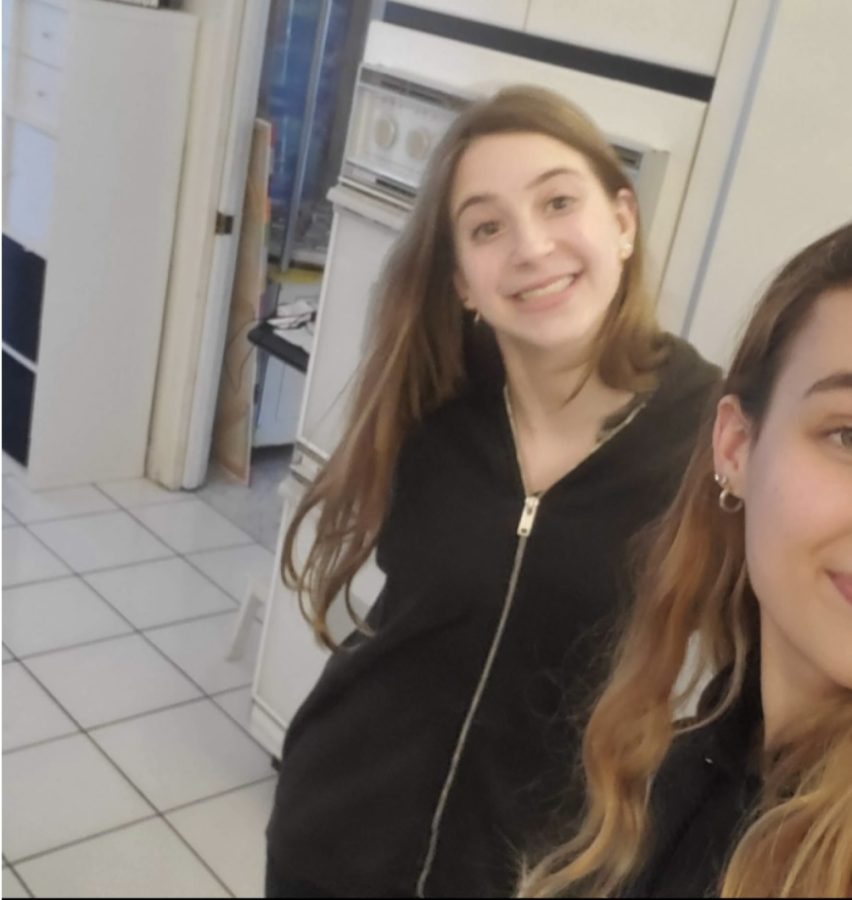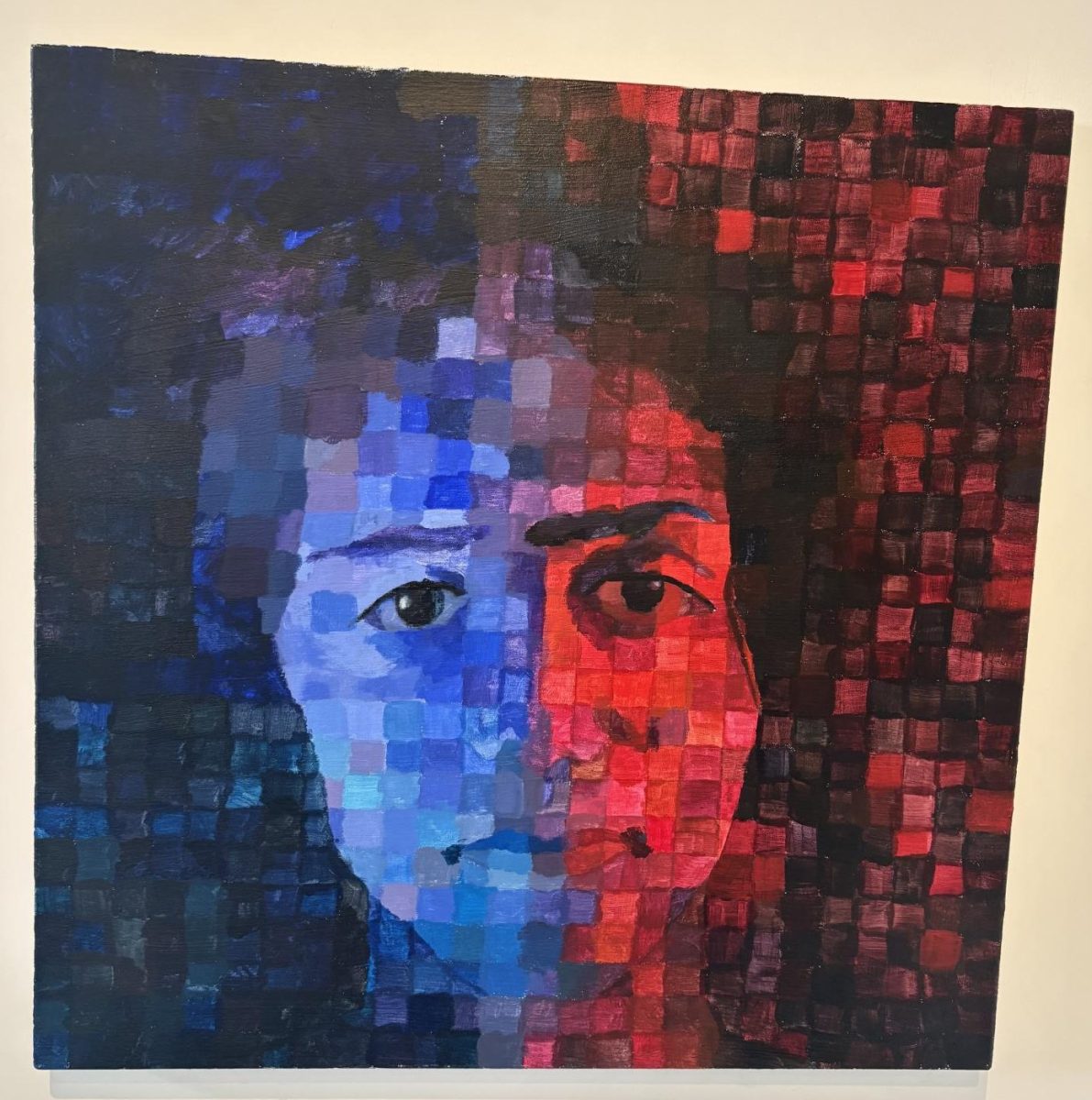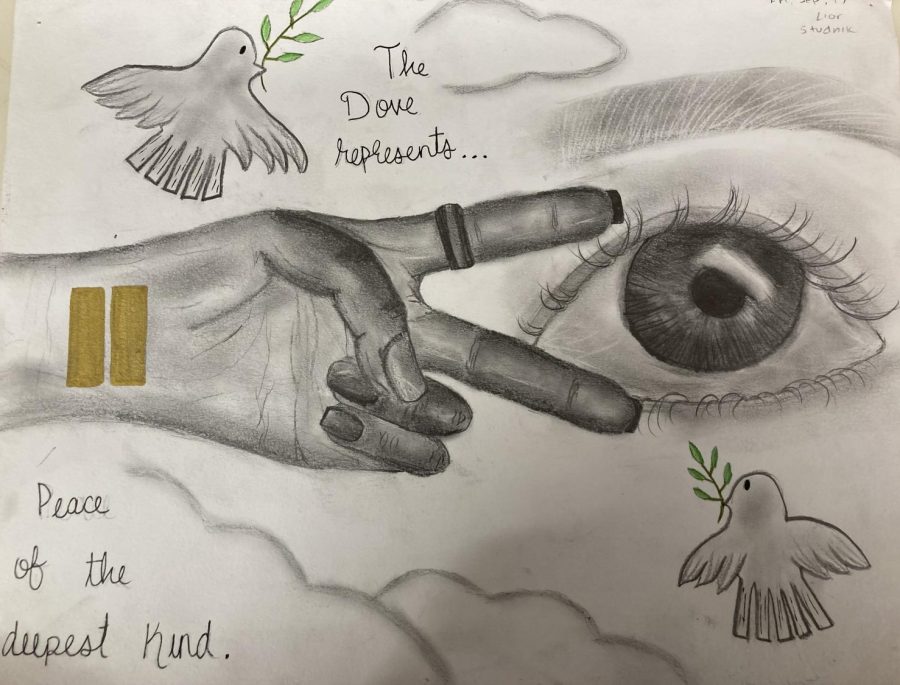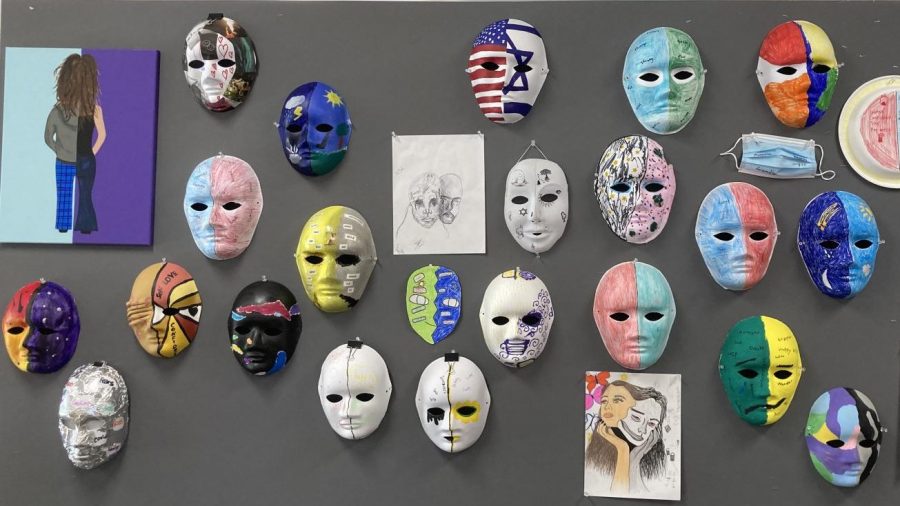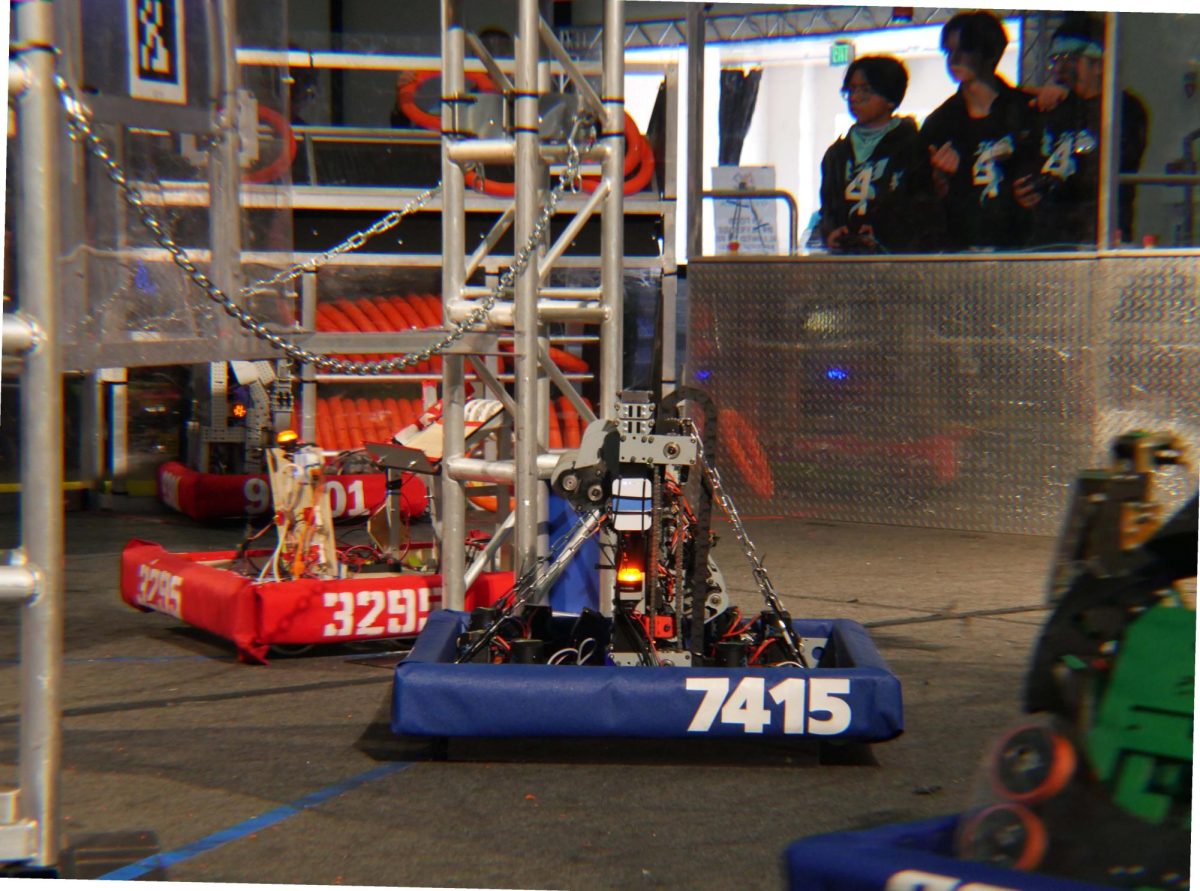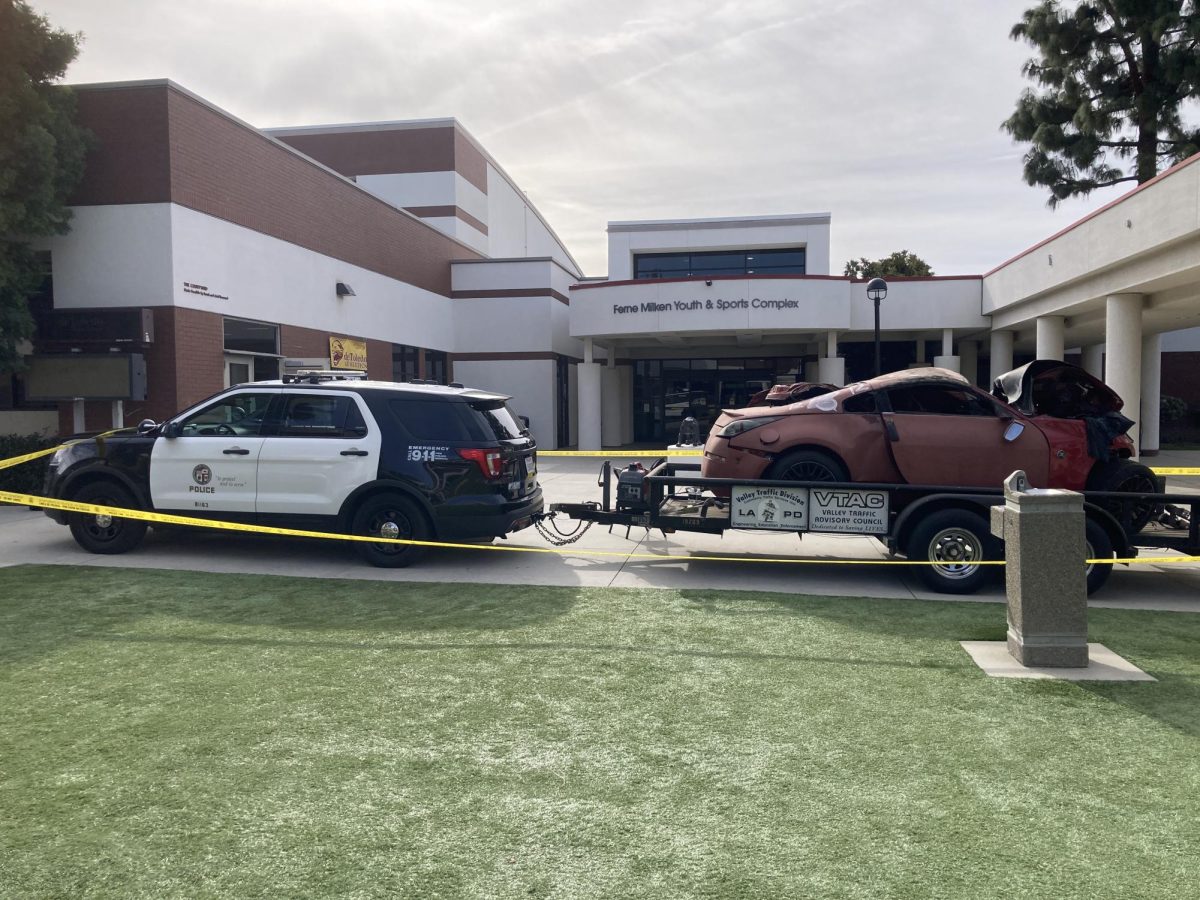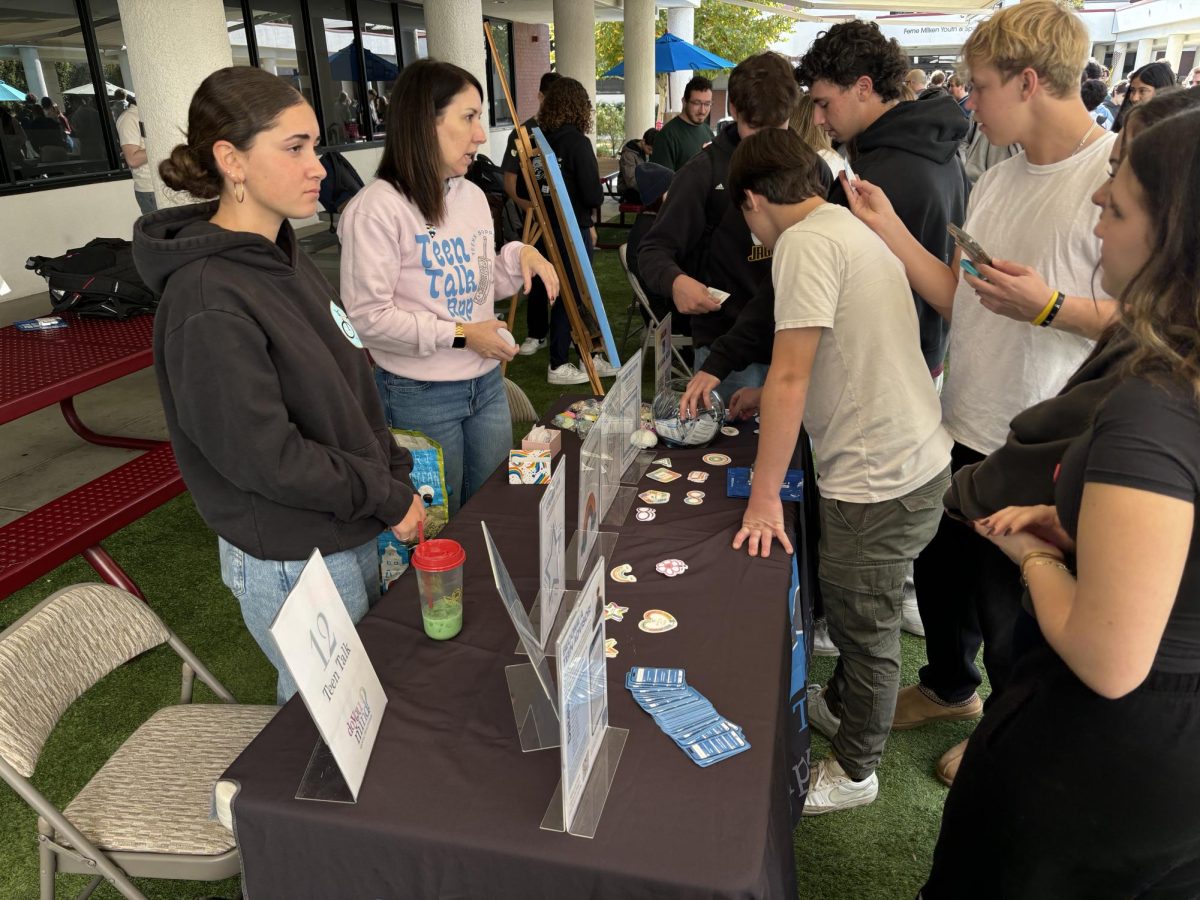Zoom Learning Can’t Replace the Need for Human Touch
“…our laptops are our school, homework, and notes, but they are also our ball and chain. We are tethered to them from morning to evening so that our eyes are sore from staring at a screen by the end of the day.”
As the Coronavirus pandemic has come to rule our lives in the recent months, every facet of life has had to adjust in some way.
With more schools closing each week, our education system was forced to explore possible methods of distance learning. In this confusion, a distant hero with a billowing cape swept in to save our schools from crashing to the ground: Zoom.
As can be found on their website, Zoom temporarily lifted its cost of usership in an effort to facilitate distance learning for schools everywhere, and thus ease the transition for students and teachers alike during the coronavirus.
The first few days of distance learning through Zoom were strange and fun. I’d never experienced education over virtual conference, nor had I ever attended classes while staying at home. I, like many other students, “went to school” in pajamas and sweats simply because I could. It was the novelty of being able to take my classes with me into any room, sleep until minutes before the start of school, and laze around between classes that made the initial days of distance learning fun despite the circumstances.
Lessons became screencasts, tests became assignments and projects, and homework became the primary measure of students’ understanding of the material. Many of my teachers began conducting shorter class periods, as assignments could be found online along with screencast lessons for new material.
Advanced Placement (AP) classes already relied on considerable independent studying, and would meet to confirm attendance and review material to address any questions. Students who had questions, though, could always schedule a meeting with their teacher during bonus, lunch, or a free period for individual help.
Essentially, distance learning by nature encourages independent work and initiative from students academically. This independence and initiative, however, can be a double-edged sword. On one hand, it forces students to take responsibility for their education and manage their time in an efficient way without prompting from teachers and administrators, but, on the other, if students fail to step into their new role, they can fall quickly behind without a strict routine to keep them afloat.
By the same theme, distance learning makes school convenient by consolidating every class, assignment, exam, and meeting into a single virtual space, but simultaneously binds us to our computers and laptops all day. We don’t need to search through folders for assignments and lesson plans or carry backpacks full of potentially relevant supplies for each class because our laptops are our school, homework, and notes, but they are also our ball and chain. We are tethered to them from morning to evening so that our eyes are sore from staring at a screen by the end of the day.
Aside from its strengths and weaknesses, though, distance learning has taught me a rather unexpected lesson: you don’t know what you have until it’s gone.
Of course, I’d heard this expression before, but school shifting to an online platform brought it to life for me. After the novelty of virtual classes had worn off, I found myself missing aspects of in-person education for which technology cannot act as a substitute. I began looking forward to seeing the faces of other students whom I barely knew, craving social interaction in a non-digital, non-academic setting.
This came as something of a surprise, as I’d been anticipating a feeling of loss over the numerous canceled school activities (shabbaton, prom, grad nite, senior trip, etc.), but I hadn’t been prepared for an equal- maybe even greater- feeling of loss over the lack of daily human connection.
Little did I realize that something as routine as sitting with a group of friends, or hugging someone hello and goodbye would be so greatly missed. Brief interactions such as these, while not the focus of an educational institution, are possible in the traditional school day during bonuses, lunches, and between classes, and can’t be transferred to an online platform.
Part of the reason we have breaks in our academic day is to release stored energy and talk to friends without disrupting a class. Absent the physical presence of friends, colleagues, and a campus to play sports in and to walk around, these breaks are less conducive to socializing and energy expending
In short, distance learning adequately provides for educational needs to be met but has been unable to offer an equivalent medium for the fulfillment of intrinsically human needs.
While I hesitate to speak for others, I do think we will emerge from this restricting situation with a greater appreciation for the social aspects of our relationships, and for our time spent physically together.

Hi! My name is Sarah. I’m a senior and am excited for my third year on The Prowler team. I’m interested in writing articles with focuses varying from...

